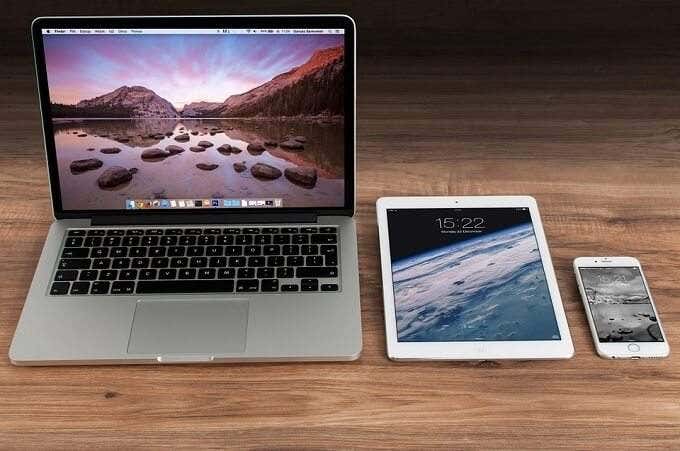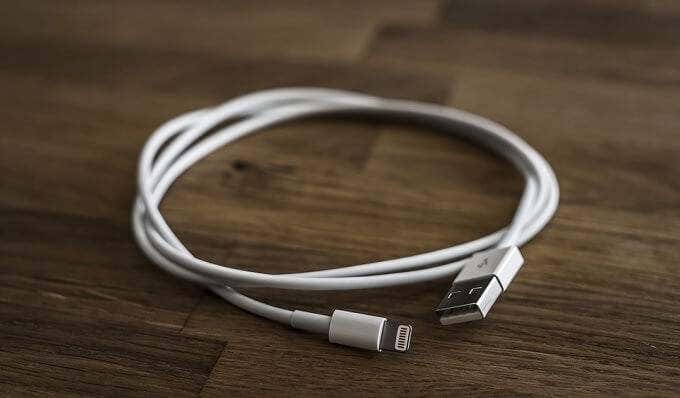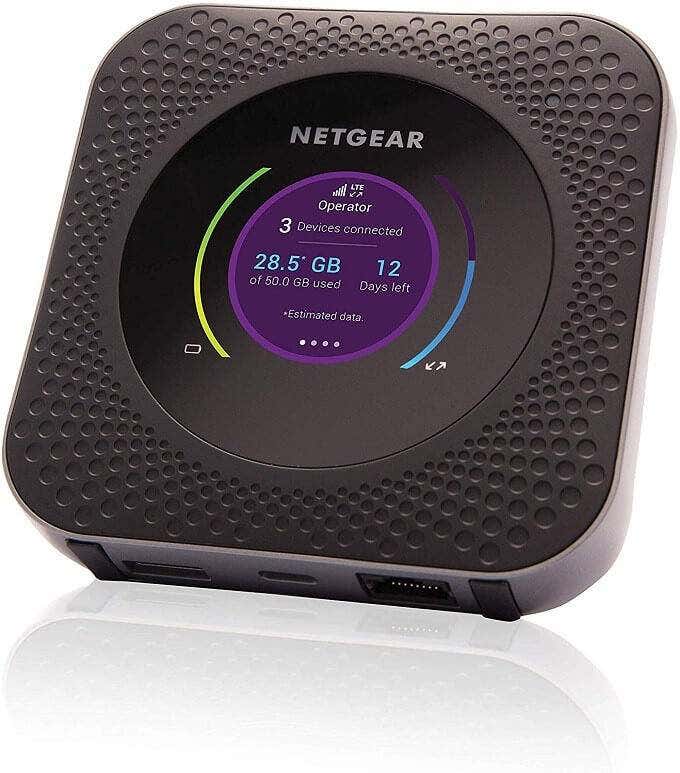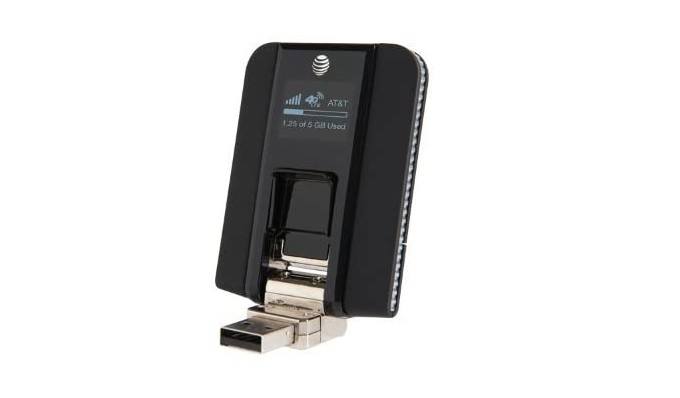Is there a way to get WiFi without an internet provider? Actually, we’ve got six things you can try. If you prefer to quickly watch a video instead of reading through the article below, make sure to check out our YouTube video where we go through the different ways you can get WiFi Internet without an ISP.
Public WiFi (With a VPN!)
Depending on where in the world you live, there may be a lot of public WiFi hotspots available around you. These are great options to access WiFi without an internet provider. Some people can even access them from inside their homes! These hotspots may belong to businesses such as restaurants or coffee shops. Some are actually provided by the government in some countries. There are also networks of private WiFi hotspots that offer premium prepaid internet access that’s much cheaper than using mobile data. These WiFi hotspots can be very convenient when you’re in need of affordable data, but never use them without installing a reputable VPN on your computer or mobile device. Remember, everyone else on the WiFi network with you can see your device or computer and possibly access it.
Using Your Phone or Tablet As A WiFi Hotspot
Most smartphones and cellular tablets these days have the ability to act as a mobile WiFi hotspot. This feature shares your mobile data plan with any devices connected to the same WiFi hotspot. There are a few important things to keep in mind if you choose to go this way. First of all, you’re using data from your mobile plan to feed all the connected devices. If you have cheap data or an unlimited plan, great. If you have a small data cap or pay a lot for your data, this option may not be right for you. If you decide to use this option to get WiFi without an internet provider, set a data limit on the device acting as the hotspot, switch your Windows 10 computer to “metered connection” mode and keep an eye on how much data you have left. You also, absolutely, must set a password for your mobile hotspot. You don’t want other people sucking up your data or getting on the same network as your devices. Using your mobile device as a WiFi hotspot is also a big battery drain. So hook up a power bank or wall-charger to counteract this. One last point to know involves mobile data provider policies around tethering. While it’s not that common anymore, some mobile data providers don’t allow you to tether your device or they charge a different rate for data when tethered. Double-check your plan’s policy just to be safe.
Cable Tethering To A Mobile Device
If you only need to connect one device to the internet, why use WiFi at all? Instead of creating a WiFi hotspot, consider using a USB cable to tether your phone or tablet directly to your computer. This has a few advantages over the WiFi hotspot method. No one can hack into your network, the computer charges the device, and you may even get faster speeds over the USB connection than WiFi. All the other stuff about data prices and tethering policies still apply though.
Buying a Portable Cellular Router
Remember how we said that using your smartphone’s data plan through a WiFi hotspot could be expensive? Well, some mobile internet providers have seen a gap in the market and will sell you a data-only SIM card that isn’t meant to go in a phone. Instead, you can use these SIM cards with battery-powered portable 4G routers. These offer a dedicated WiFi hotspot and also network your devices together as a bonus. So you’ll have WiFi without an internet provider wherever you go. If your mobile data plan is good enough, you can simply use this for all your internet needs whether out on the road or when you get home. Simply plug the mobile router in to stop the battery from running dry.
USB Cellular Modems
An alternative to the portable cellular router is the USB cellular modem. Plugging these into a laptop or desktop computer connects them directly to a mobile data connection, along with the SIM card you installed. These modems are generally cheaper than a portable router, since they lack all the router hardware and battery technology. Some laptops can also act as WiFi hotspots themselves, which gives you the option of sharing your data connection from the USB modem with other devices, such as smartphones and tablets.
Bum WiFi From Your Neighbours
As you’re sitting around with no WiFi internet of your own, you may notice the WiFi hotspots of other people around you. Which brings up the possibility of simply asking someone else if you can use their WiFi internet connection. We can’t guarantee anyone will agree, especially if you’re a complete stranger. A neighbor you know may be more willing to do this favor for you. If so, there are some tips that could be useful here. From your point of view, treat this shared WiFi the same as you would a public WiFi. You don’t control who connects to it, so it’s best to use a VPN service to encrypt your data and hide your activity. You should also ask the person whether their router supports “guest” networks. This is a separate WiFi network that doesn’t allow your devices and their devices to mix. It only gives you internet access. That’s perfect both for your friendly neighbor and your own peace of mind.
WiFi For Everyone
We hope you’ve found the right solution to get WiFi without an internet provider, but in the long run it’s usually better to get that fixed home broadband connection back online if at all possible. Although, as mobile internet costs come down and performance improves, we all might be walking around with mobile routers in our pockets one of these days!







